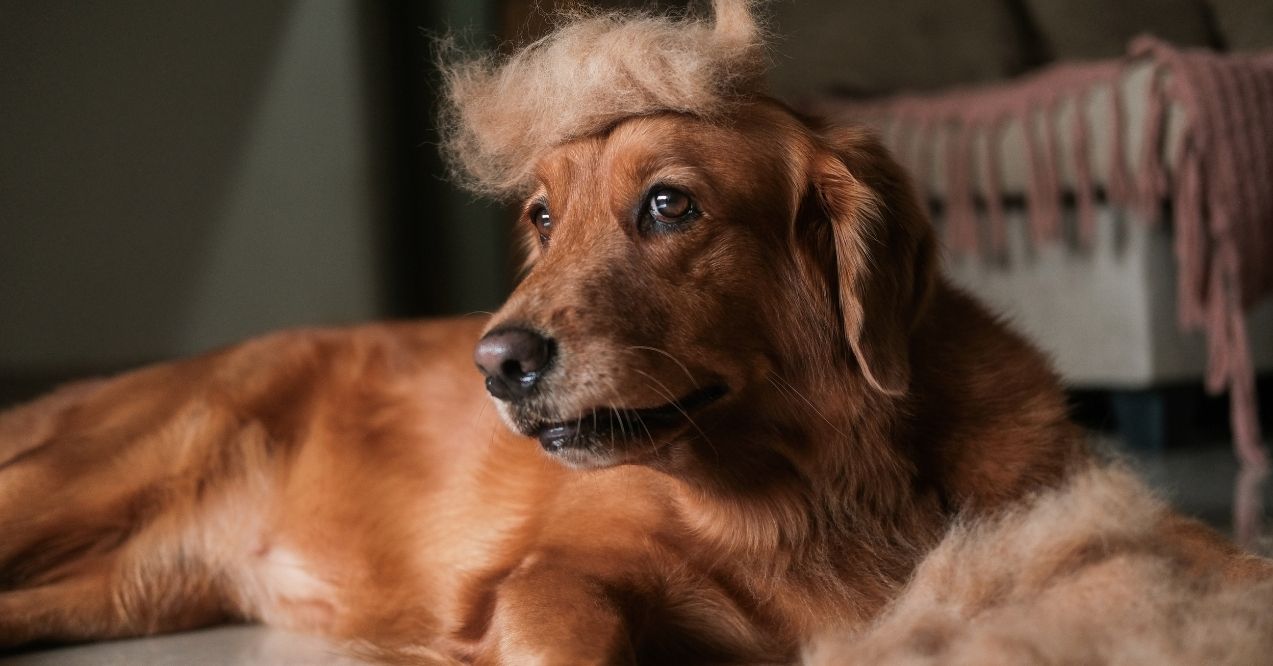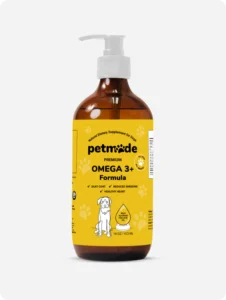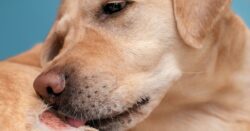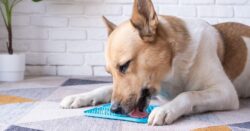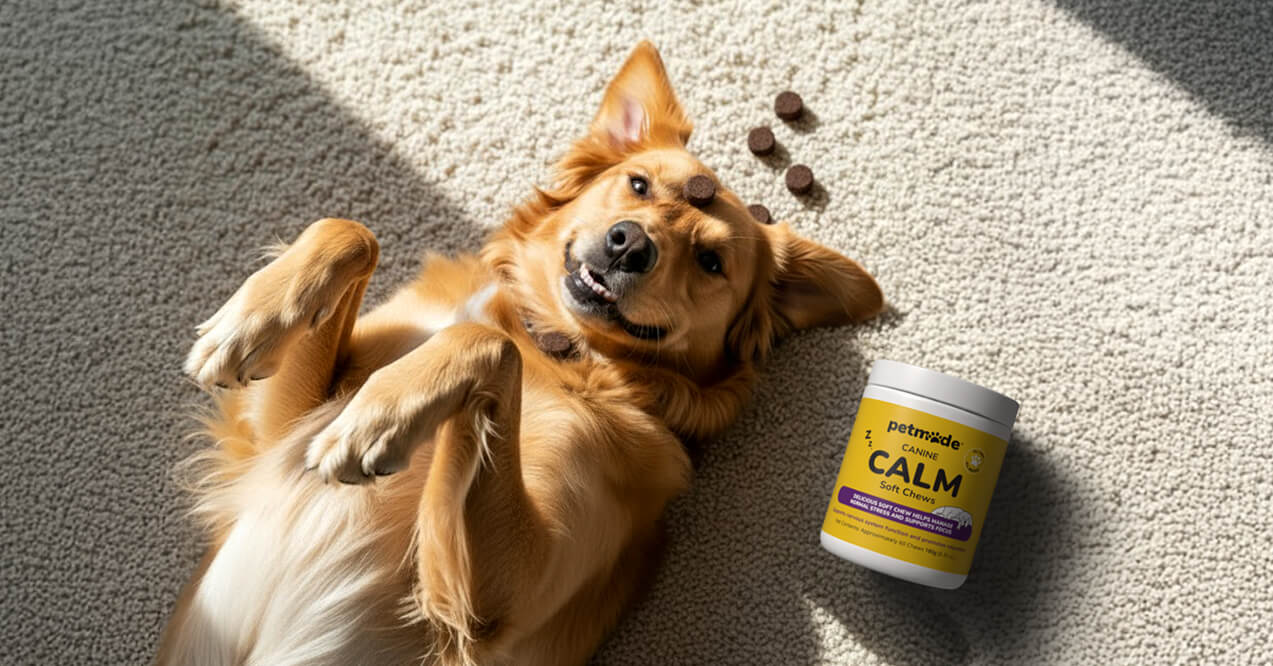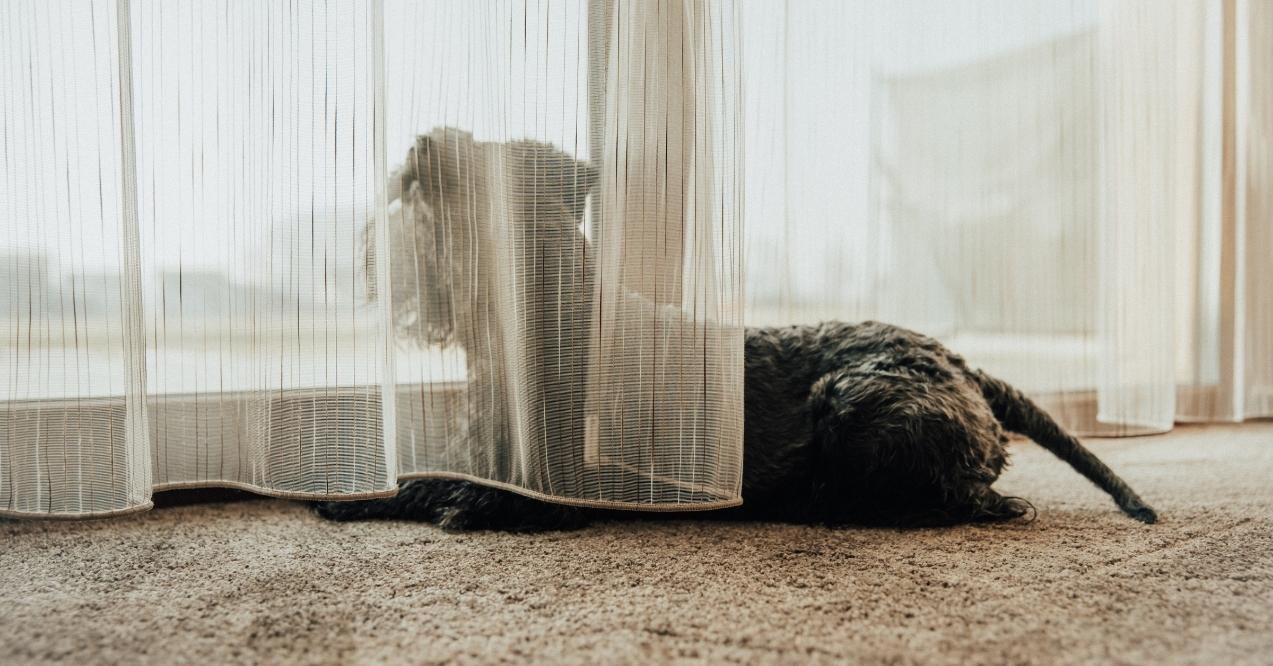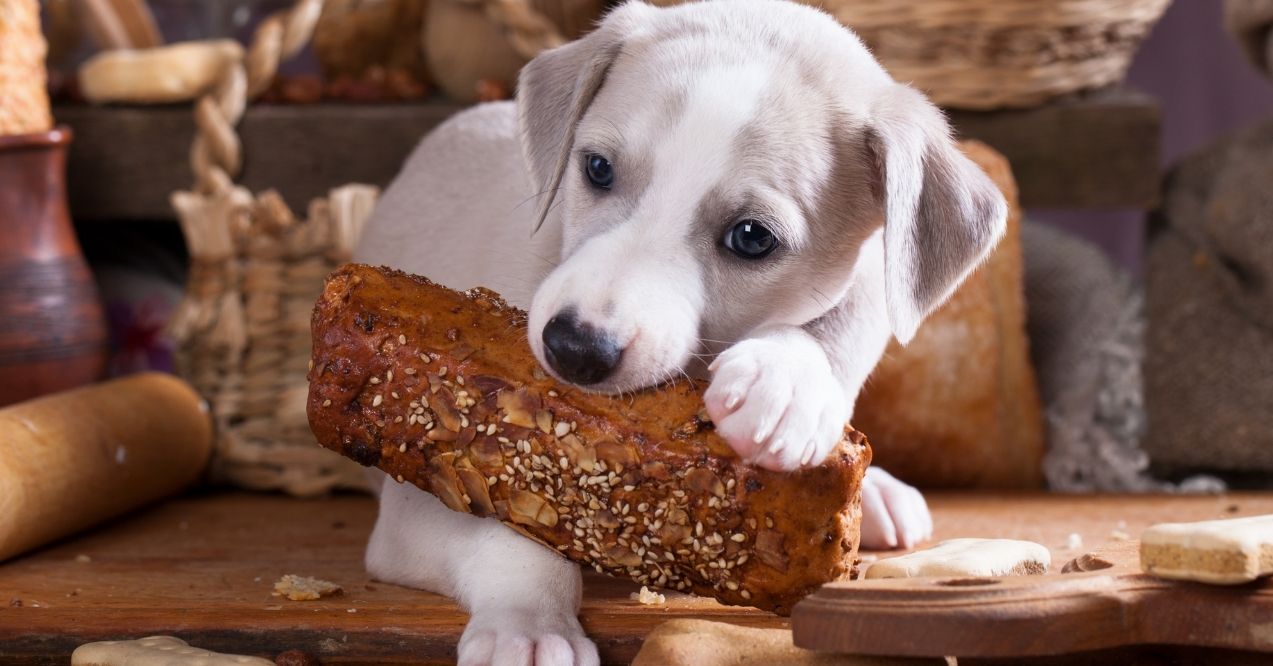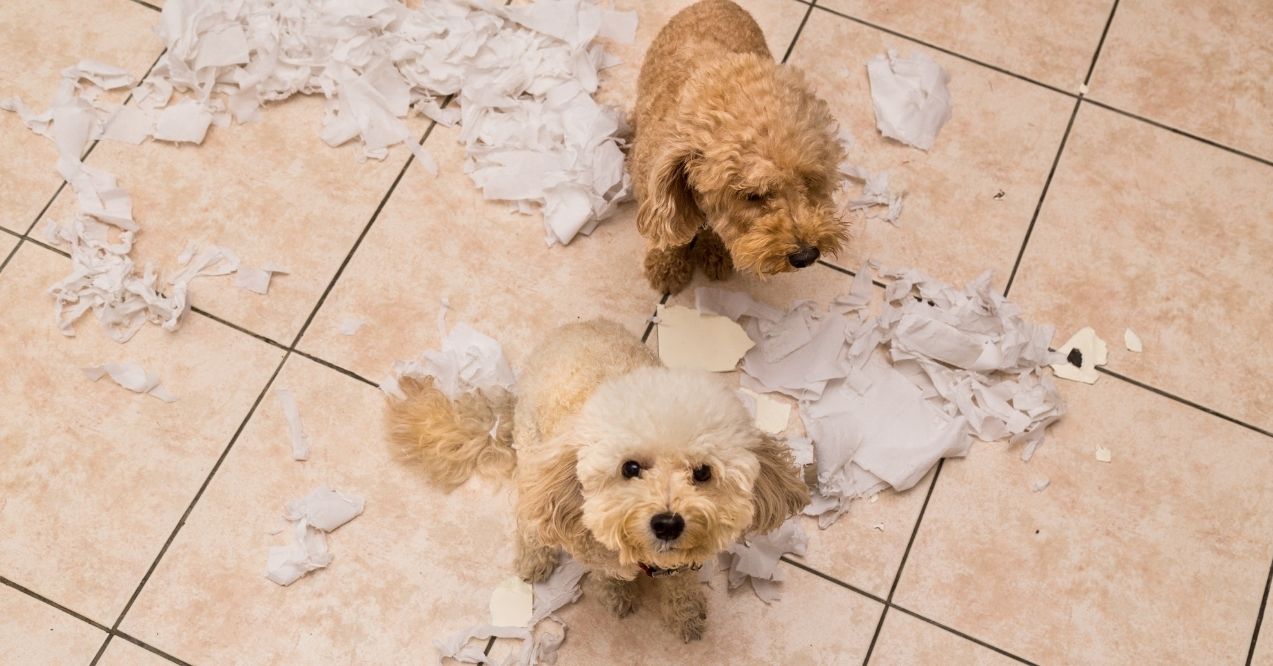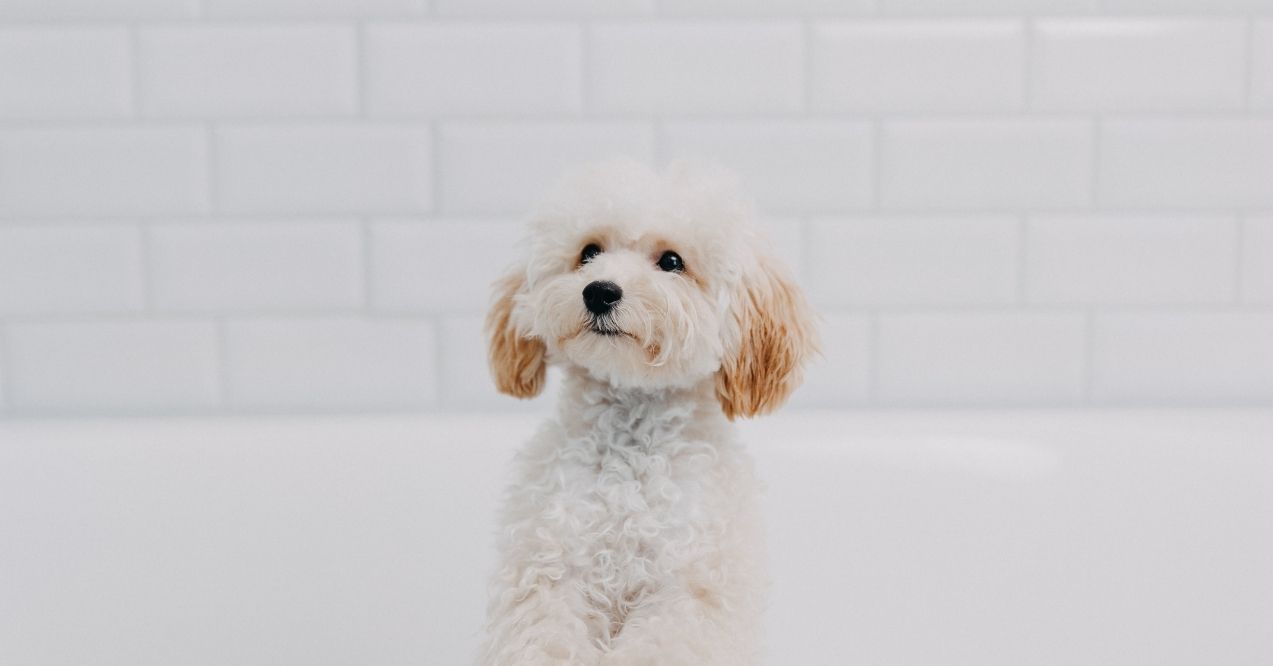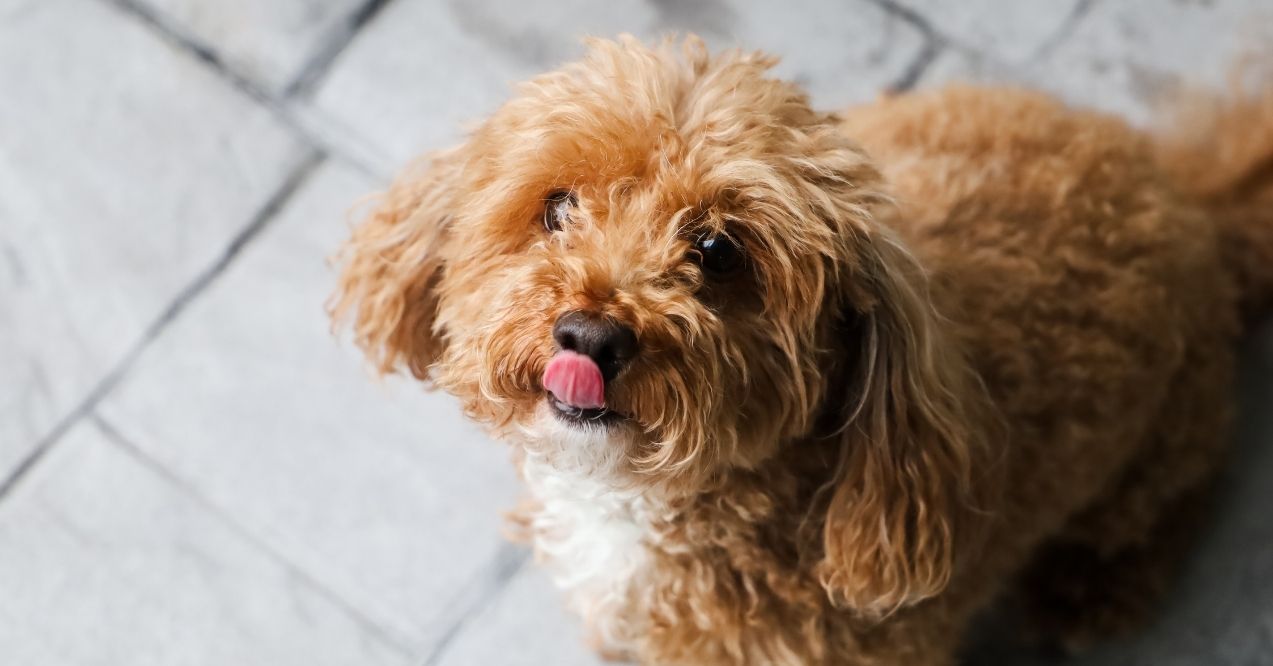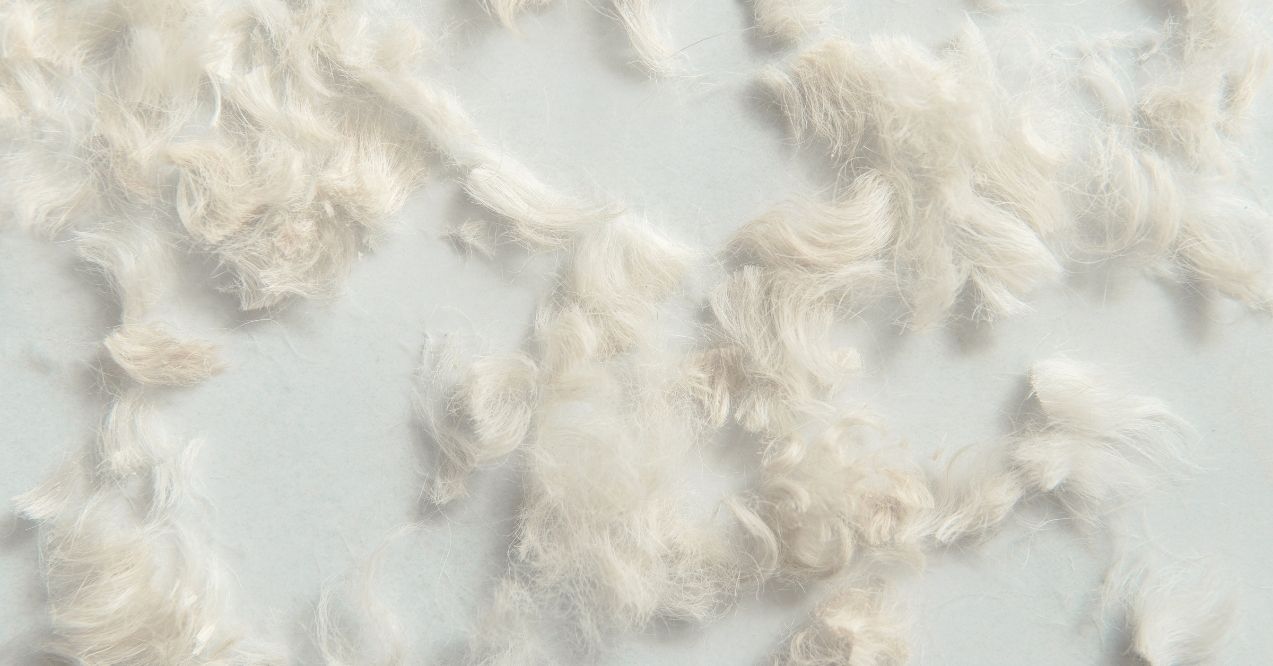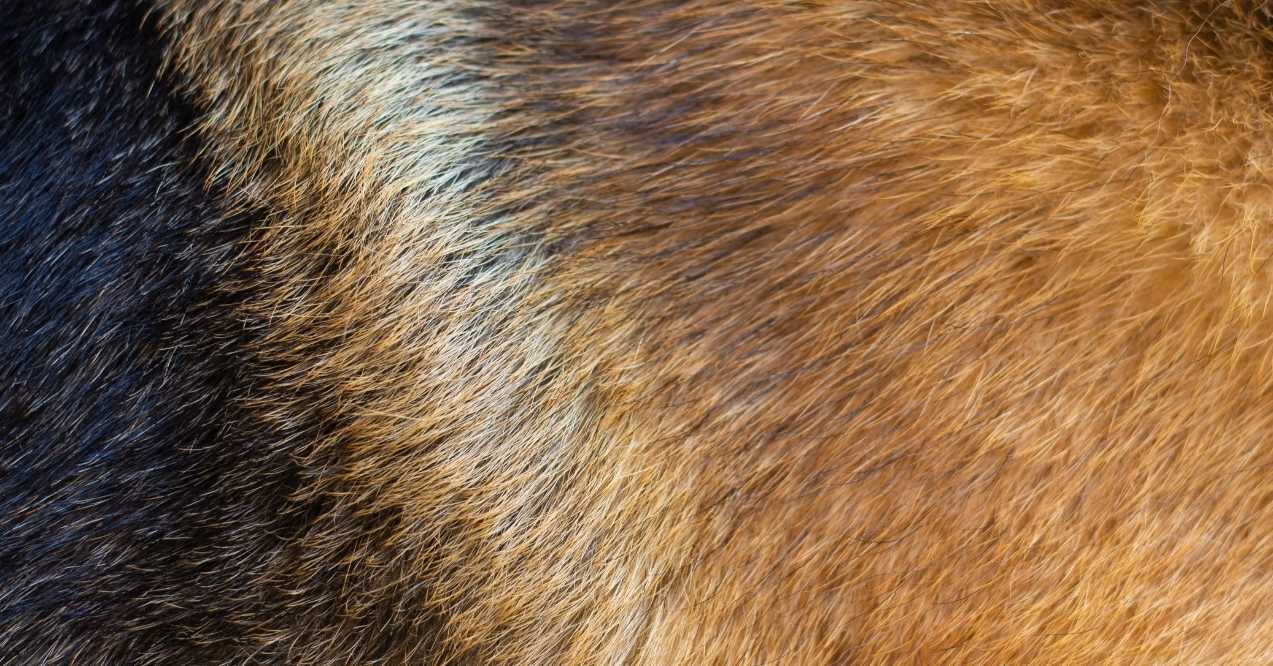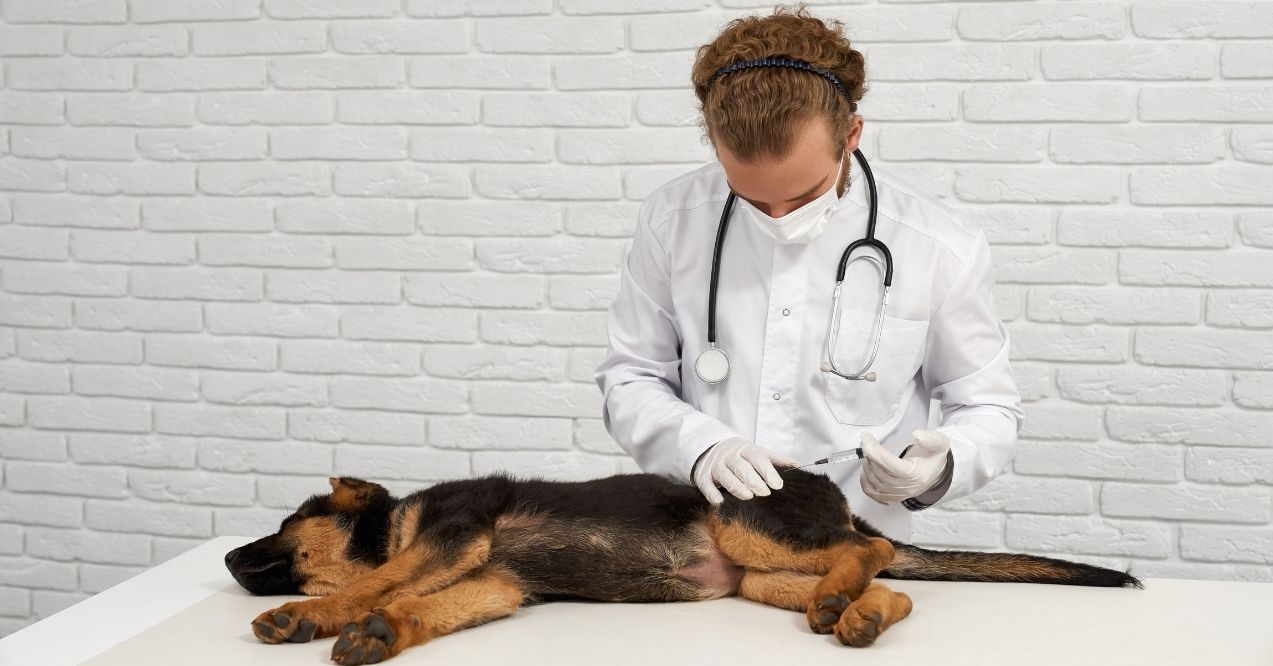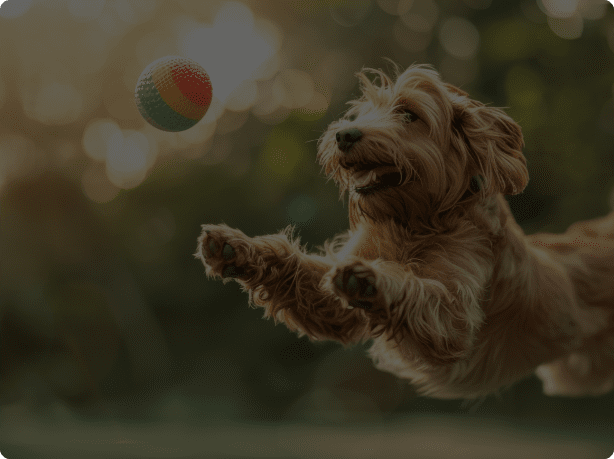Do Golden Retrievers Shed?
Bringing home a Golden Retriever puppy is exciting – until you notice the first golden strands appearing on your couch, clothes, and practically everywhere else! So, do Golden Retrievers shed? The answer is a resounding yes. These beloved companions are notorious shedders, but don’t let that deter you from welcoming one into your family. With the right understanding and care routine, managing your Golden’s fluffy contribution to your home decor is entirely possible.
This blog will guide you through everything you need to know about Golden Retriever breed information related to their coat – from understanding their unique double coat structure to seasonal shedding patterns, age-related changes, and practical grooming solutions that make living with these golden furballs a joy rather than a cleaning challenge.
Golden Retriever’s Double Coat
When living with a Golden Retriever, understanding their coat is essential to managing the inevitable fur you’ll find around your home. The simple truth is that shedding isn’t just common for Goldens – it’s a natural, healthy part of who they are.
What Is a Double Coat?
Golden Retrievers possess what groomers call a “double coat” – essentially two separate layers of fur working together. The outer coat consists of longer, water-resistant guard hairs that feel somewhat coarse to the touch. These hairs provide protection from the elements and give Goldens their signature golden sheen.
Beneath this lies the undercoat – a dense, soft layer of shorter hairs that sits close to the skin. This undercoat serves as natural insulation, helping to keep your Golden warm in winter and cool in summer. When you’re finding fur around your home, it’s primarily this undercoat that’s being shed.
Why Goldens Shed More Than Some Other Breeds
If you’re wondering how much do Golden Retrievers shed, prepare for the answer: quite a lot! This extensive shedding directly connects to their heritage as working dogs bred for retrieving waterfowl in Scotland’s challenging climate. Their double coats developed to protect them while swimming in cold water and working outdoors in variable weather conditions.
Unlike single-coated breeds, Goldens naturally release old undercoat hair as new hair grows in – a process that ensures their coat remains healthy and functional. This continuous renewal cycle means that shedding isn’t a flaw or problem, but rather a sign that your Golden’s coat is doing exactly what it should. While the amount of fur can be surprising to new owners, this Golden Retriever shed level is completely normal and indicates your dog is maintaining a healthy coat.
Golden Retriever Shedding Season
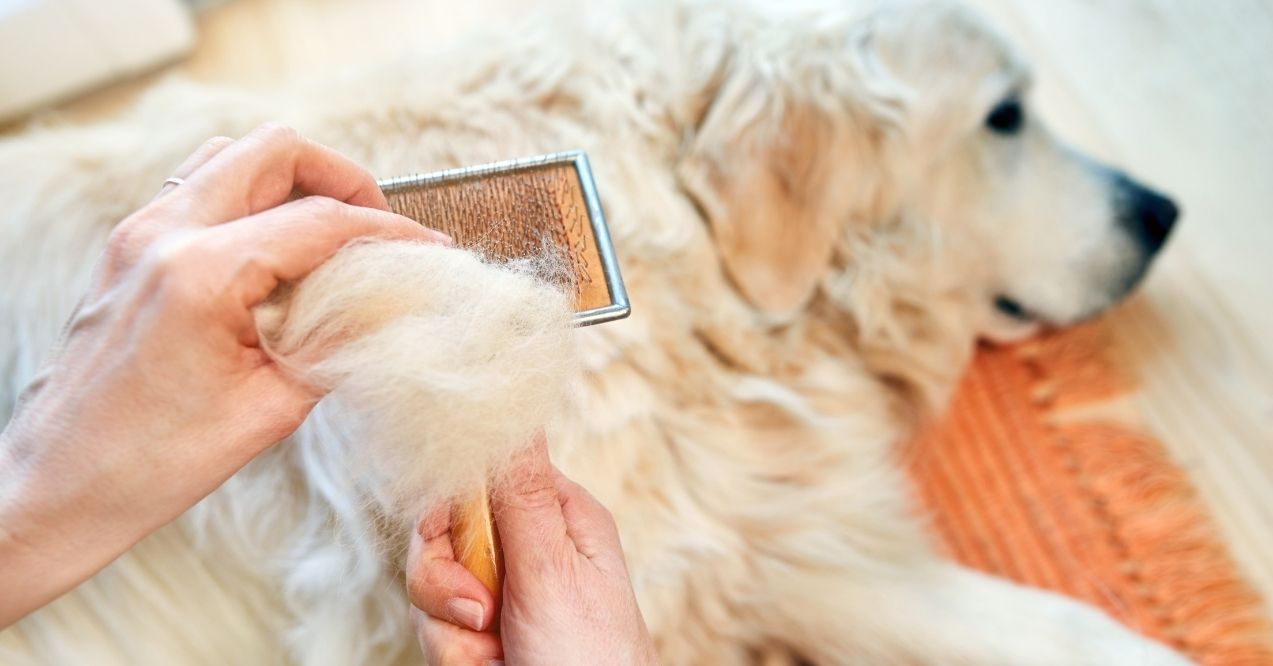
If you’ve noticed your vacuum cleaner working overtime during certain times of the year, you’re experiencing the natural rhythm of Golden Retriever shedding season. While these beautiful dogs shed year-round, there are predictable peaks when you’ll find yourself surrounded by significantly more golden fur.
When Do Golden Retrievers Shed the Most?
When do Golden Retrievers shed their coats most heavily? Golden Retrievers undergo two major shedding events annually, often referred to as “blowing their coat.” The heaviest shedding typically occurs during seasonal transitions:
Spring Shed (March-May) – As temperatures warm, your Golden will shed their heavy winter undercoat to prepare for summer. This spring shedding is often the most dramatic, with large tufts of undercoat coming out easily when brushed. This intense shedding period typically lasts about 2-3 weeks, though the entire transition may extend over 4-6 weeks.
Fall Shed (September-November) – When days shorten and temperatures drop, your Golden will shed their lighter summer coat to make way for a thicker winter undercoat. While still significant, fall shedding is usually less intense than the spring shed but follows a similar timeline of 2-3 weeks of heavy shedding.
What Triggers Seasonal Shedding?
The primary triggers for seasonal coat changes in Golden Retriever and shedding patterns are environmental factors, not your home’s heating system:
- Changing daylight hours – The increasing or decreasing amount of sunlight triggers hormonal changes that signal coat renewal
- Temperature fluctuations – Outdoor temperature shifts help activate the shedding response
- Evolutionary adaptation – This shedding cycle developed to ensure proper insulation throughout changing seasons
- Indoor vs. outdoor living – Goldens who spend most time indoors may shed more consistently year-round with less dramatic seasonal peaks
Age-Based Shedding
Your Golden Retriever’s shedding patterns will change throughout their life, with distinct differences between puppyhood, adulthood, and senior years. Understanding these age-related transitions helps you provide the right coat care at each life stage.
Puppy Coat Changes
Those adorable Golden Retriever puppies with their soft, fluffy fur are actually sporting a different coat than they’ll have as adults. Does a Golden Retriever shed as they are puppies? Yes, but in a unique way. Between 4-6 months of age, your puppy will begin their first significant coat transition as they lose their soft puppy coat and develop their adult double coat.
During this transition, which typically occurs between 6-12 months of age, you’ll notice:
- Increased shedding as puppy fur falls out
- Patches of different textures as adult fur grows in
- A gradual change in color (often becoming slightly darker or richer)
- The emergence of feathering on the legs, tail, and chest
This puppy-to-adult transition isn’t a true “shedding season” but rather a one-time developmental change. Many owners are surprised by the amount of fur lost during this phase, but rest assured it’s completely normal.
Adult Golden Shedding
Once your Golden reaches adulthood (around 1-2 years), they establish their regular shedding pattern: moderate shedding year-round with those intense seasonal peaks we discussed earlier. This is when consistent grooming becomes most crucial – not just for your home’s cleanliness but for your dog’s comfort and coat health.
Adult Goldens with healthy coats will shed noticeably but should maintain a shiny, full appearance. Their undercoat should feel dense but not matted, and the outer coat should appear smooth and somewhat water-resistant.
Senior Coat & Shedding
As your Golden enters their senior years (typically around age 7-8+), you may notice changes in their coat and shedding patterns. Senior Goldens often experience:
- Gradually thinning coat, especially around the face and paws
- Less dramatic seasonal shedding
- Gray or white hairs appearing, particularly around the muzzle
- Potentially drier skin and coat that benefits from additional moisturizing
While some coat changes are normal with aging, significant changes in shedding patterns can sometimes signal health concerns. Understanding what causes hair loss in dogs beyond normal shedding is important for senior pet parents. Unusual bald patches, excessive hair loss, or signs of unhealthy dog coat like dullness, brittleness, or excessive dryness may warrant a conversation with a pet health professional to rule out underlying issues.
Golden Retriever Shedding Solutions
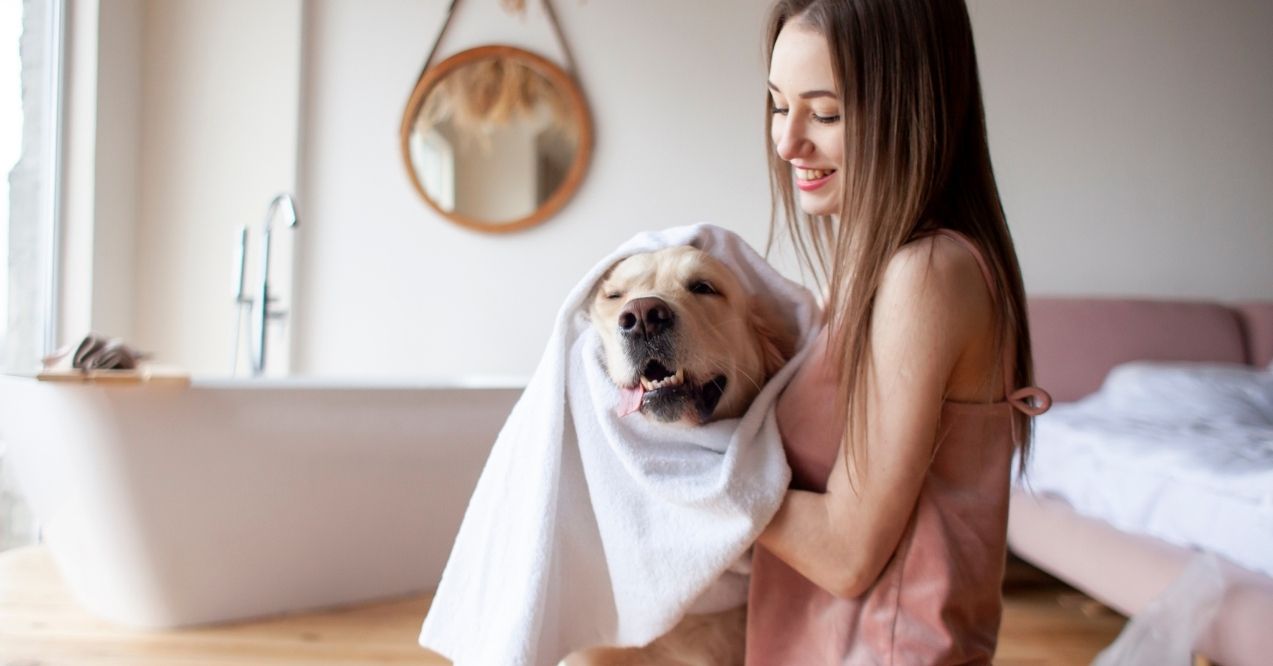
Living with a Golden Retriever means embracing some level of fur in your life, but with the right approach, you can keep shedding manageable. Here’s how to stay ahead of the golden fluff.
Brushing
Brushing is your absolute best defense against Golden Retrievers shedding. Regular brushing removes loose fur before it falls on your furniture and floors, while also distributing natural oils through the coat for better skin health.
During heavy shedding seasons (spring and fall), daily brushing for 15-20 minutes is ideal. The rest of the year, aim for 3-4 times weekly to maintain coat health. Focus extra attention on:
- Behind the ears
- Around the collar area
- The “pants” (fur on rear legs)
- Chest and belly feathering
- Tail feathers
Most effective brushing happens with the right tools:
- Undercoat rake – Reaches deep into the dense undercoat to remove loose fur
- Slicker brush – Perfect for daily maintenance and removing surface shedding
- Grooming mitt – Great for sensitive areas and finishing touches
For best results, brush in the direction of hair growth using gentle, consistent pressure. Many Goldens enjoy brushing when introduced properly – make it a positive bonding experience with treats and praise.
Bathing
Regular baths help loosen dead fur and reduce shedding, but over-bathing can strip natural oils and actually increase shedding. Aim for bathing your Golden every 4-6 weeks unless they’ve gotten particularly dirty.
For shedding management:
- Use lukewarm water and a moisturizing deshedding shampoo
- Massage down to the skin in circular motions to loosen fur
- Rinse thoroughly – residual shampoo can cause skin irritation
- Consider a conditioner specifically formulated for double-coated breeds
- Towel dry thoroughly, then brush out while the coat is still slightly damp
Many Golden owners find that a bath followed by a thorough brushing session removes a remarkable amount of loose fur all at once.
Coat-Friendly Supplements
What happens inside your dog affects what shows on the outside. Supporting your Golden’s skin and coat health from within can significantly reduce excessive shedding.
Is omega 3 good for dogs with shedding concerns? Absolutely! Omega-3 fatty acids are among the most beneficial supplements for coat health, reducing inflammation and supporting skin moisture. Other helpful supplements include:
- Biotin – Strengthens hair follicles and promotes healthy growth
- Vitamin E – Supports skin cell regeneration
- Zinc – Essential for protein synthesis and coat health
Nutrition
Your Golden’s diet directly impacts their coat quality and shedding amount. Look for dog foods with:
- High-quality animal protein as the first ingredient
- Balanced omega-3 and omega-6 fatty acids
- B vitamins, especially biotin
- Appropriate moisture content
Wondering how to make a dogs coat shiny? A diet rich in quality fats is key. Cold-water fish like salmon, mackerel, and sardines contain natural oils that promote coat shine when included in your dog’s diet. Proper hydration is also crucial – ensure your Golden always has access to fresh water.
Some pet parents notice improvements with foods specifically formulated for skin and coat health, especially during seasonal transitions. The difference may not be immediate – allow 4-6 weeks to see changes as new, healthier fur grows in.
Grooming Tools
Building your Golden Retriever grooming kit means selecting the right tools for different purposes:
Daily Maintenance:
- Slicker brush – Removes loose surface fur and prevents mats
- Grooming mitt – Gentle for sensitive areas and quick touch-ups
Deep Deshedding (1-2x weekly):
- Undercoat rake – Gets deep into the undercoat without cutting guard hairs
- Deshedding tool – Reduces shedding by up to 90% when used regularly
Problem Areas:
- Metal comb – Works through tangles in feathering
- Detangling spray – Makes brushing easier in thick areas
Hair Control Hacks
Even with perfect grooming, you’ll still find Golden fur around your home. These practical hacks make living with shedding more manageable:
Strategic furniture protection:
- Washable throws for furniture
- Microfiber covers that repel pet hair
- Designated “dog spots” with easy-clean materials
Cleaning arsenal:
- Pet-specific vacuum with HEPA filter
- Rubber broom for hardwood/tile
- Portable lint roller in every room
- Microfiber cloths for quick wipe-downs
Air quality management:
- HEPA air purifiers in high-traffic rooms
- Regular air filter changes
- Brushing sessions outdoors when possible
Routine maintenance:
- Quick daily vacuuming (10 minutes) in high-traffic areas
- More thorough whole-house cleaning weekly
- Wash pet bedding weekly in hot water
Conclusion
So, do Golden Retrievers shed? Yes, and quite generously! But now you understand that their shedding is a natural part of their double-coat design and follows predictable patterns through seasons and life stages. With regular brushing, proper nutrition, and the right tools at hand, managing your Golden’s shedding becomes a simple part of your routine together.
The golden fur you’ll find on your clothes and furniture is simply a small reminder of the loyalty, love, and joy these wonderful companions bring to your life – a fair trade for a few extra minutes with the vacuum cleaner!
Golden Retrievers are heavy shedders, especially during spring and fall when they “blow” their undercoat. While shedding is substantial, consistent grooming with the right tools makes it manageable for most owners.
Neither gender sheds significantly more than the other. Shedding is primarily influenced by seasonal changes, age, health, and genetics rather than sex. Both males and females experience the same seasonal coat-blowing cycles.
Yes, it’s completely normal for Golden Retrievers to shed year-round. They maintain a baseline of regular shedding with dramatic increases during spring and fall seasonal transitions when they blow their undercoats.
Golden Retrievers typically shed more noticeably than Labrador Retrievers. While both breeds have double coats and seasonal shedding, Goldens have longer guard hairs that make their shedding more visible around the home.
Advertisement. This site offers health, wellness, fitness and nutritional information and is designed for educational purposes only. You should not rely on this information as a substitute for, nor does it replace, professional medical advice, diagnosis, or treatment. If you have any concerns or questions about your health, you should always consult with a physician or other health-care professional. Do not disregard, avoid or delay obtaining medical or health related advice from your health-care professional because of something you may have read on this site. The use of any information provided on this site is solely at your own risk.
